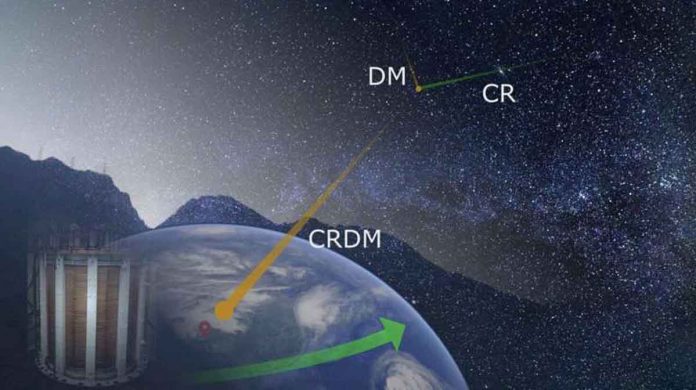Physicists worldwide are continuing their search for dark matter. It is an elusive type of matter that does not absorb which reflect or emit light and is believed to make up most of the matter in the universe. A type of dark matter that many teams have been specifically looking for is sub-GeV dark matter which is a dark matter particle with masses below GeV (giga-electron volt).
The PandaX-II collaboration has recently carried out a search for cosmic-ray boosted dark matter. They have used data collected by the PandaX-II detector which is located at the China Jinping Underground Laboratory. Their results were published in Physical Review Letters (PRL). The research broadens the probed parameter space for dark matter to masses from 0.1 MeV to GeV.
The PandaX-II collaboration specifically looked at the diurnal modulation signal of dark matter that is “boosted” by cosmic rays. Scientists analyzed the data collected by the PandaX-II detector in the experiment’s latest trial. Their analyses built on one of their previous phenomenological papers. In this previous work, scientists noticed that cosmic ray-boosted dark matter primarily originating from the core of our galaxy had a unique modulation signature.
The PandaX-II collaboration realized that a combination of the distance that dark matter traveled inside Earth and its attenuation effects led to a unique diurnal modulation. They thus set out to experimentally search for this diurnal modulation by analyzing real data gathered by the PandaX-II experiment.
The team made a series of theoretical considerations. They carefully considered the distributions of dark matter and cosmic rays in our galaxy by using a series of theoretical models.The recent analyses conducted by this team of researchers could significantly contribute to the search for sub-GeV dark matter.
Their results significantly extend the probed parameter space for dark matter from 0.1 MeV to GeV. It covers a crucial type of dark matter-nucleon interactions that was previously inaccessible to astrophysical and cosmological probes.

